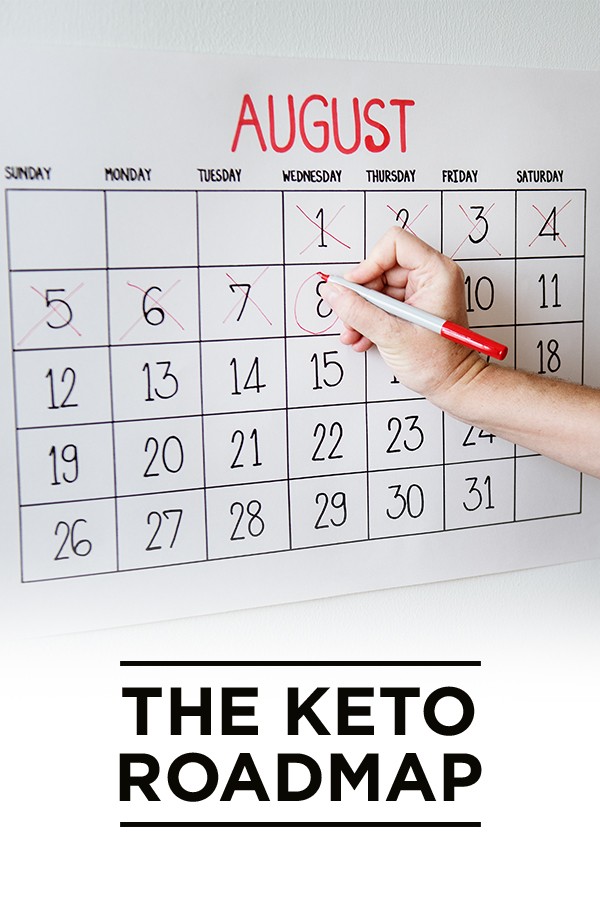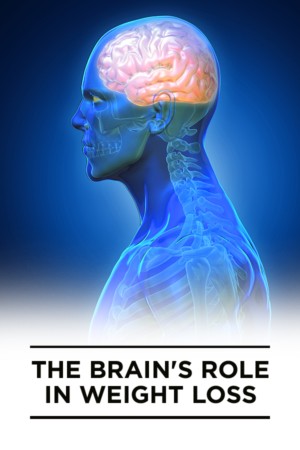Sometimes it’s difficult to know what to expect when we transition into a new lifestyle. In this article, I’ll give you a brief overview of some of the things you can likely expect on keto. You almost certainly won’t go through all of these things because everyone’s experience is different, but the likelihood of you encountering many of them is high.
You’ll feel lethargic, initially
The body has two metabolic pathways: glycolysis, which runs on carbs/glucose, and ketosis, which runs on fat. Back in the caveman days, people would regularly switch back and forth between these pathways and could easily transition from one to the other. In the modern era, it’s likely you’ve been on glycolysis for nearly your entire life, so your body is going to stubbornly try to stay out of ketosis the first time you go in.
You’ll burn through all of your glucose stores in the first day, and all of your glycogen stores over the next 1-3 days, depending on your activity level. Once all of that is gone, your body will begin the process of switching over to ketosis and using fat for energy. Like a kid riding a bike, though, the body is going to take a bit to get used to this and do it efficiently. This is the most critical phase for avoiding carbs because your metabolism is looking for any excuse to switch back to what it’s known for decades.
The first day will probably leave you feeling hungry. For the next few days, you’ll likely feel run-down, lethargic, and lacking in energy. You’ll slowly improve on days 4/5 through the end of the second week; although this timeline varies for everyone (and drastically shortens for anyone whose body has learned how to be fat adapted; i.e., has been on keto before), it’s a rough approximation of what you can expect. By the end of the third week, you’ll likely feel fantastic—and that feeling will continue as long as your lifestyle reflects keto.
A quick note about working out: we humans have a tendency to want to do a complete lifestyle change and adjust everything at once. If you haven’t been working out before this point, this is not the time to start—you won’t have the energy to do much of anything, and you’ll quickly get discouraged with your lack of progress. Focus on the diet for the first two weeks; after that, begin working out. If you already have a regular exercise program, you’re good to continue as you transition onto keto, but don’t make any huge changes: don’t increase your weights, your running/biking/swimming distance, or anything that will involve higher energy expenditure. This two-week period is all about helping your body learn to use fat for energy again.
The keto flu
Ah, the dreaded keto flu. It isn’t uncommon for people to experience flu-like symptoms when they begin a low-carb diet. These can include fatigue, headaches, coughing, sniffling, irritability, and nausea. Some point to this as a sign that ketosis is bad for you, but the opposite is true: these are actually signs of withdrawal from a sugar (carb) addiction.
There are two major things you can do to minimize or even avoid this altogether. First, in the week leading up to your diet switch, slowly incorporate more fats into your diet and lower your carb intake. Before you officially make the change, you can eat whatever you want, so you can still indulge in carbs when you need to and feel like it. The more gradual you can make the transition, though, the more you’ll lessen the shock on your body.
Once you begin the keto diet, however, make sure you stay hydrated! The general rule is half of your body weight in ounces of water per day, so if you weigh 200 pounds, you’ll need to drink 100 ounces of water. Coffee, tea, and diet sodas aren’t necessarily bad things and can be consumed in moderation, but realize that these not only don’t count towards your water intake, but they also detract from it by a factor of two. This means that for every eight ounces of coffee/tea/soda you drink, you’ll need to down sixteen additional ounces of water to make up for it.
Example:
Basic water intake—100 ounces
Tea/coffee/soda daily intake—12 ounces
Water needed to compensate—Additional 24 ounces
Total water intake needed for the day—124 ounces
Total fluid intake for the day—136 ounces (baseline water intake + coffee/tea/soda + additional water to rehydrate), or more than a gallon of liquid
As you can see, it quickly adds up. If you’re someone who struggles with getting enough water down, the best thing you can do is minimize your tea/coffee/soda intake, because each ounce of these effectively triples the amount of fluid you have to take in.
Do a thorough and honest self-analysis; if you take in a lot of caffeine each day, substantially decreasing this will cause you to go through caffeine withdrawals, which typically involve headaches that can be pretty severe. Again, the more gradually you can make health changes, the better, so tackle your caffeine addiction before knocking out the sugar addiction.
The good news is that if you stay hydrated, keep up with your electrolytes, and do some pre-keto transition work by incorporating more fat and fewer carbs, you’ll likely avoid the keto flu altogether.
Rapid weight loss initially
Your body stores ~3 grams of water for every gram of glucose and glycogen it stores. As you go into ketosis, you’ll burn through these rapidly, and it’ll take the water with it. Many people report rapid weight loss within the first week—sometimes up to 8 to 12 pounds, depending on your body composition when you start.
This is both good and bad news. The bad news is that you haven’t burned any fat—yet. This is all blood sugar and water weight, which isn’t a permanent change. Since glycogen is stored in your muscles, you might actually see your muscle size appear to shrink slightly. The good news is that this means you’re on track with your carb restriction: the body hasn’t been able to replenish its stores of glucose, so you’re well on your way to ketosis.
It’s very common to see a rapid decrease in the rate of your weight loss after that first 4-7 days of glycogen depletion—you lost eight pounds in the first week and were ecstatic, but for the next two weeks, you only went down by a half pound each week. That’s completely normal, so don’t sweat it. Again, your body is shaking off the lifelong rust on this metabolic process and is learning how to use it efficiently, which takes a bit of time. Once you get past this stage, you’ll very likely see the rate of weight loss pick up as long as you stick with your macros.
Your first plateau
Plateaus are a fact of life with weight loss, and they’re not always bad. Sometimes they’re indicators that you slipped off the wagon, but other times your body is just resetting itself to a new normal after you’ve lost a lot of weight. I’ve written about this in more depth here, but don’t let a plateau freak you out. Slowly evaluate all of the basics and make sure you haven’t gotten off track with anything; as long as you’re sticking with the basics, keep trucking—the plateau will eventually end. It always does.
Stick with it!
The longer you stay on keto, the more efficiently your body will burn fat. After my initial 90 days, I plan on cycling back onto carbs for a short period, then transition back into ketosis. I love keto: how it makes me look, how it makes me feel, and how it allows me to function during my day. I want my body to be as efficient and flexible as possible, though, so cycling between glycolysis and ketosis is the next thing I’m going to try.
Remember that ketosis is completely natural, but because we’ve been on carbs for so long, our body isn’t great at using it initially. It takes some time to get into the groove, but stick with it! I promise it will be worth it.
NUTRITIONAL DISCLAIMER
The content on this website should not be taken as medical advice and you should ALWAYS consult with your doctor before starting any diet or exercise program. We provide nutritional data for our recipes as a courtesy to our readers. We use Total Keto Diet app software to calculate the nutrition and we remove fiber and sugar alcohols, like erythritol, from the total carbohydrate count to get to the net carb count, as they do not affect your blood glucose levels. You should independently calculate nutritional information on your own and not rely on our data. The website or content herein is not intended to cure, prevent, diagnose or treat any disease. This website shall not be liable for adverse reactions or any other outcome resulting from the use of recipes or recommendations on the Website or actions you take as a result. Any action you take is strictly at your own risk.
- The Brain’s Role in Weight Loss - March 11, 2019
- Making Fat Loss EPOC - March 8, 2019
- Overcoming Plateaus - March 6, 2019





I am on keto but I use some atkins product is that ok and also fornd Gatorade zero is that ok